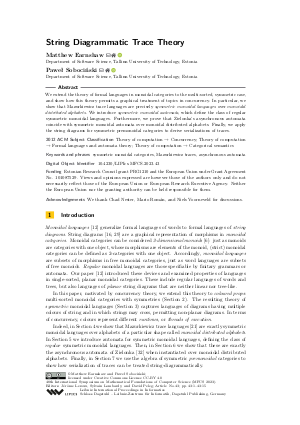LIPIcs.MFCS.2023.43.pdf
- Filesize: 0.95 MB
- 15 pages

 Creative Commons Attribution 4.0 International license
Creative Commons Attribution 4.0 International license















Feedback for Dagstuhl Publishing